The amount of sun or shade your garden gets is a critical factor in a plant making it or adding to your count of reaching the “500 dead plants level” gardener. I learned this (of course, the hard way) back in my newly-married days. (That means fifty years ago.) We occupied the upper level of a two-story duplex and my brother and sister-in-law lived downstairs.
First, they decided they wanted to start a vegetable garden, and so they plotted their garden out beside the garage that was behind the duplex. Then, becausee It looked like so much fun, we decided we wanted a garden, too, but the only space left was rather shady. Dismissing that obvious obstacle, we forged ahead planting tomatoes and squash and corn. While their garden flourished, our garden languished. It just didn’t have enough sun to support vegetables.
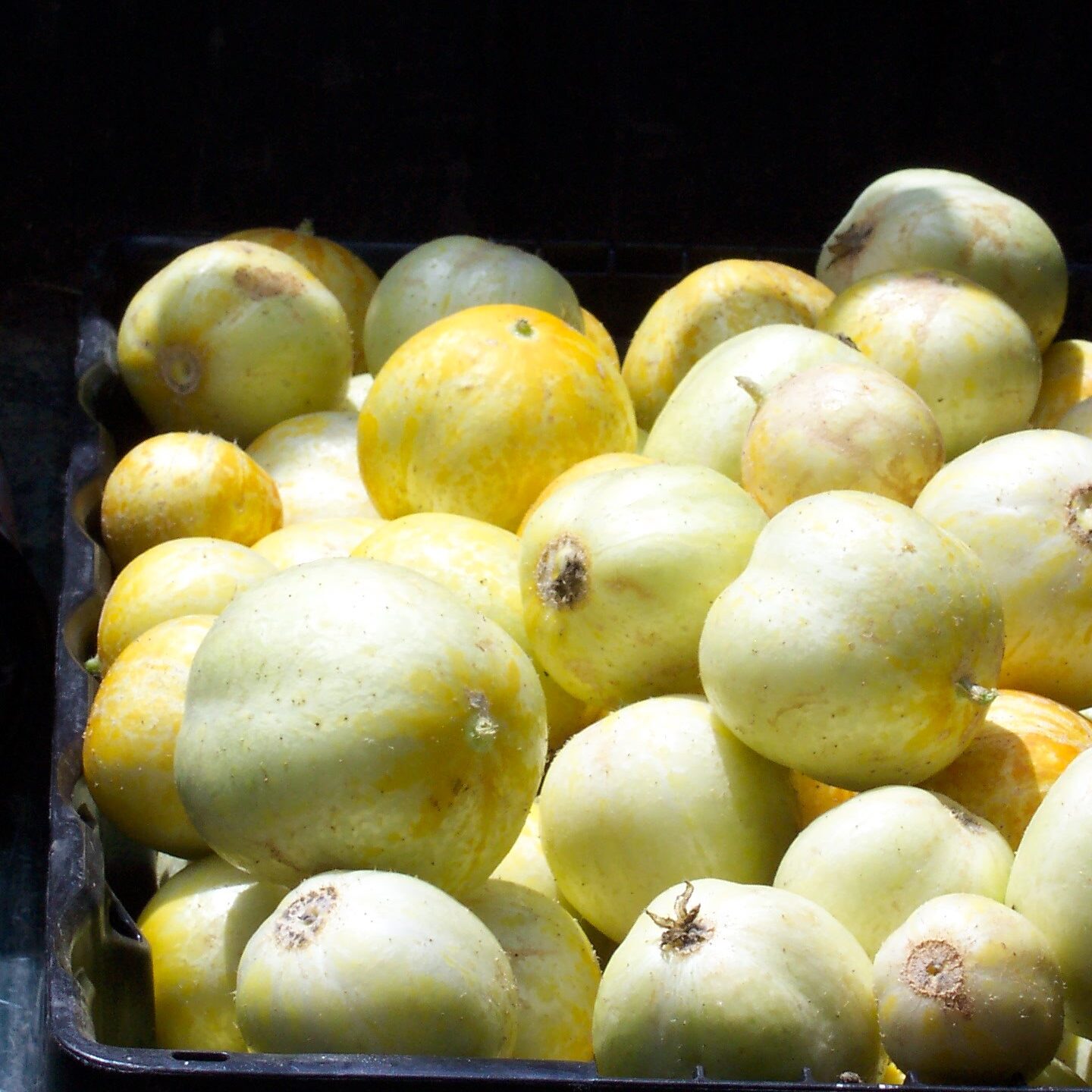
You can grow many things in the shade, but mostly not vegetables and mostly not flowers. Of course, there are exceptions to every rule, but our little garden proved the point to me that sun and shade were very important elements of a successful garden.
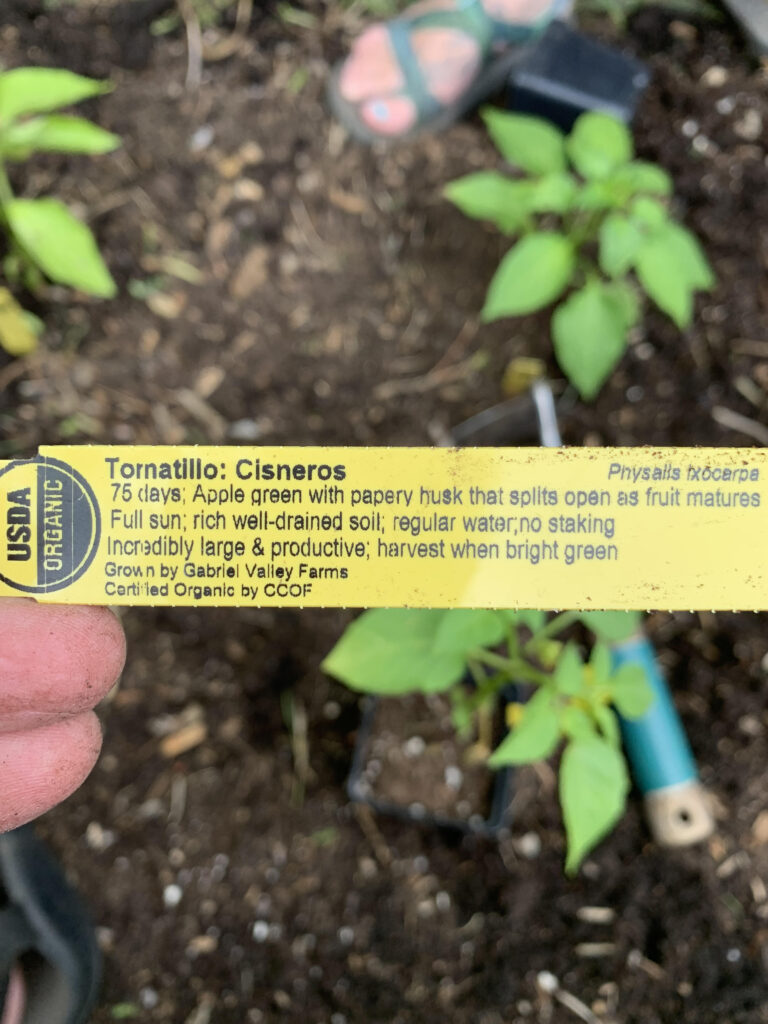
This plant needs sun and was grown in Texas which is great!
How much sun does your plant need?
When you buy a little plant in the nursery, the tag usually tells you full sun, part sun, part shade, or shade as the plants’ preference. If you don’t have a tag, you can always look up your plants’ preference online. Seed packages also usually tell you how much sun the plant prefers.
Remember though that the people who design the tags or seed packages or write the online copy may live in Maine or North Dakota. Well, maybe not North Dakota, but you get the point. The sun in Maine is not the same as the sun in Texas. The sun in Texas is a whole lot hotter. Because of this, you can make some adjustments from the recommendations if it says full sun. But some adjustment does not mean full sun to full shade. It probably means you can have morning sun (or about 6 hours sun) and afternoon shade.
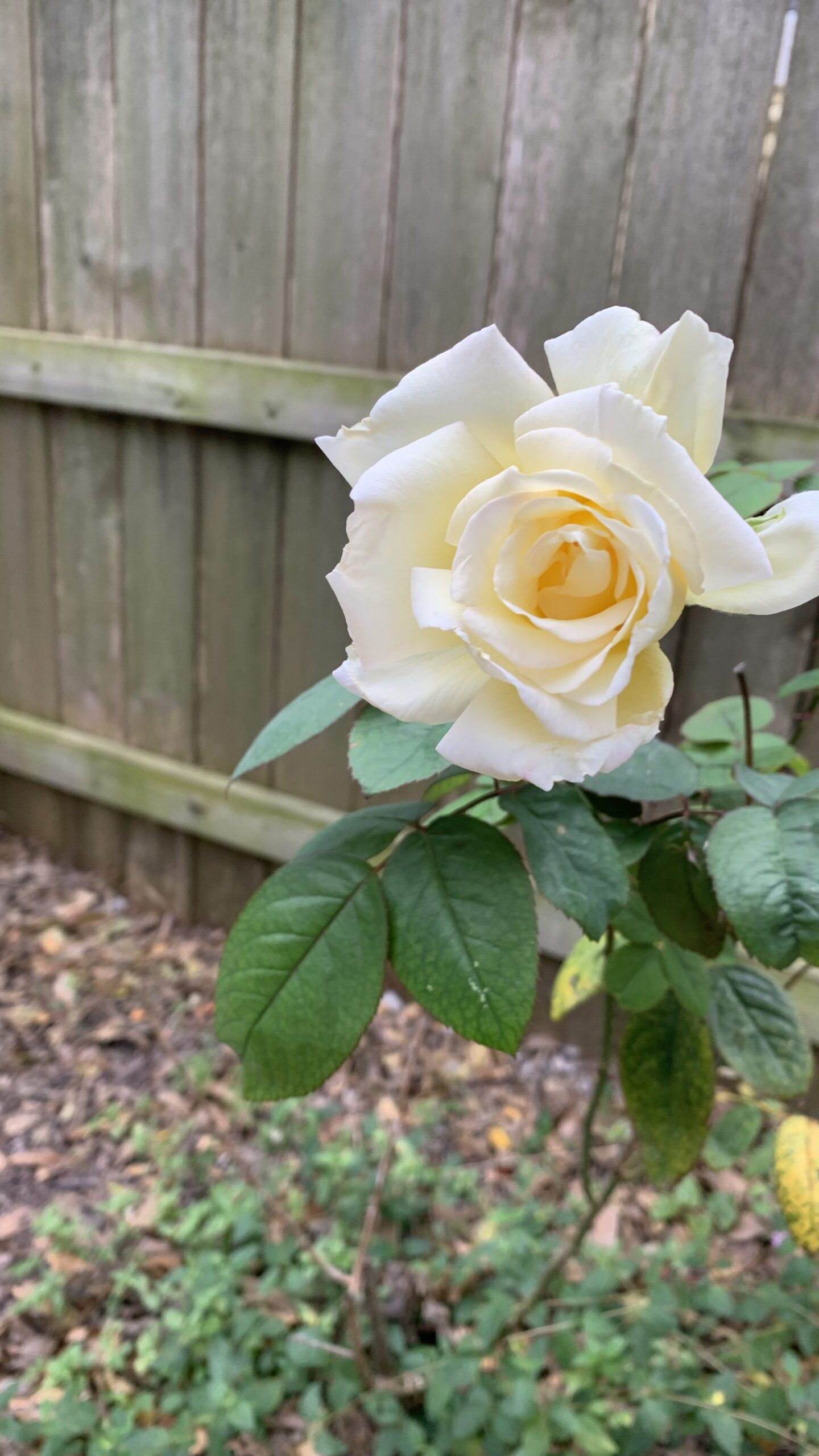
What’s this “part sun” and “part shade” designation?
Seems like they mean the same to me, but there is a slight difference. I think the terms mostly sun and mostly shade would be less confusing, but you won’t find that on most plant tags. In most parts of the world, both part sun and part shade usually mean about 4-6 hours of sun, with part sun emphasizing the 6 hours of sun, and part shade emphasizing the 4 hours of sun.
In Texas, the 4–6-hour rule probably means sun only in the morning and part sun might mean 4 or 5 hours, and part shade might mean 3 or 4 hours of sun. It probably will take some experimentation to find where to put these kinds of plants.
The flip side of the troubles with growing vegetables in a shady garden is that plants preferring shade will fry in full sun. For example, a little baby impatiens will thrive in the shade. Impatiens are one of the few flowers that like shade. Put them in a full sun situation and observe them for a few days. They actually look like they are shrinking away from the sun. If they survive at all, they will be deformed and stunted.
There are a lot of plants that are in the middle. They prefer partial sun, or partial shade. This means that they can have dappled sun, or get sun part of the time. Each plant has its preferred combination.
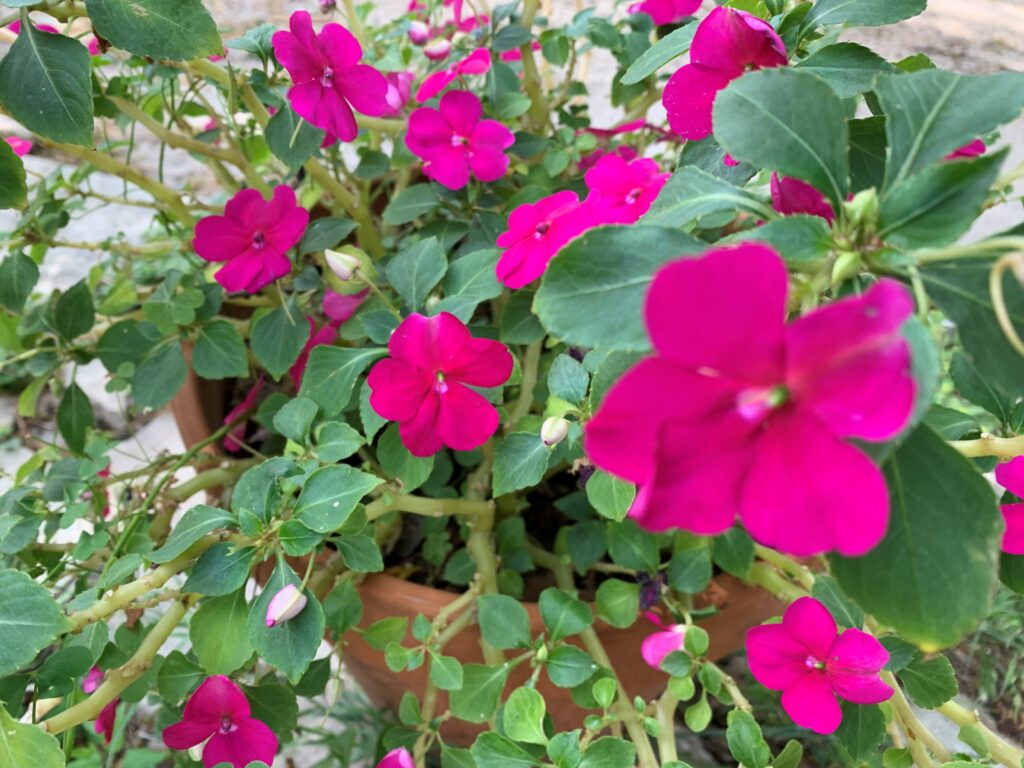
What can you grow
in the shade?
Most Texans prefer shade because it’s cooler and keeps us humans from frying. I really like some sun so I can grow flowers. Now I have the sad situation that my front yard is almost entirely in the shade. There are many flowers that I would love to grow, but can’t, because it’s too shady. I have had to adapt. By trying many new deep-shade plants, I have come to like them. My shade garden boasts Turk’s cap, skull cap, Mexican honeysuckle, flax lily and oxalis.
The edges of my yard support some part sun flowers. In these parts, I managed to get in some lantana which is one of my favorite plants. My Grammy (or Grammy, Sr., as I like to call her) had lantana growing by the electrical pole in her front yard. Back then, lantana was considered to be a weed.
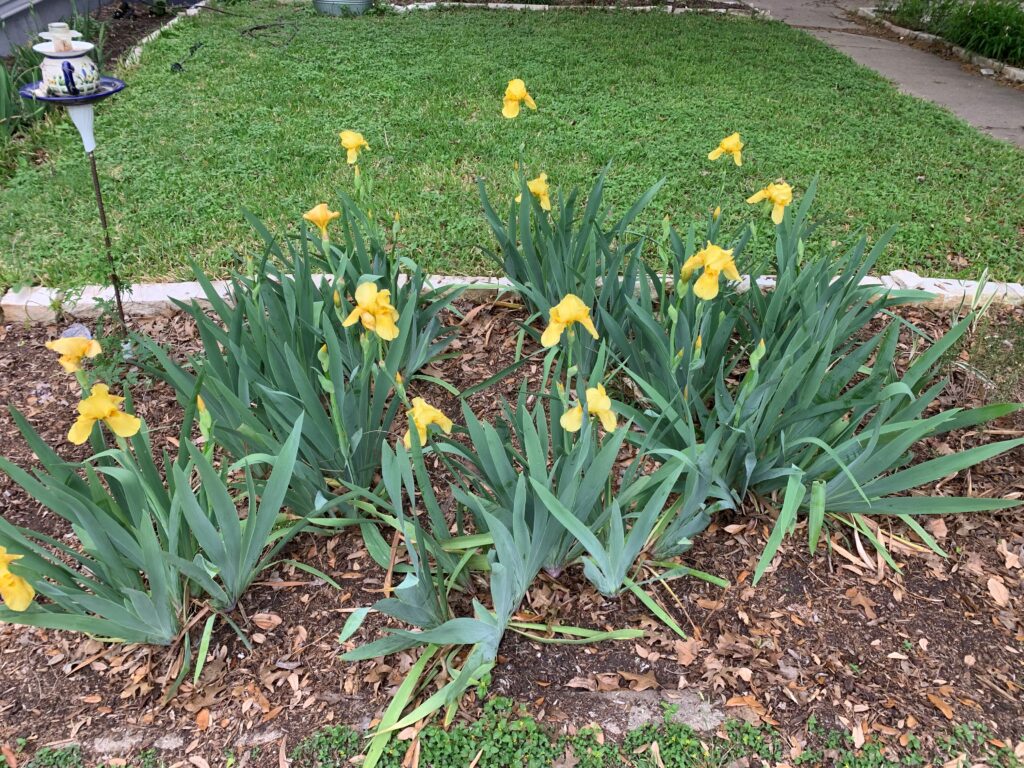
They are happy now in the side of the yard that gets mostly sun.
Different seasons means different sun in your garden
Bluebonnets love sun. I love bluebonnets. I have been able to grow bluebonnets because they sprout and grow in the wintertime. The leaves have fallen off the oak trees in my front yard, so the bluebonnets can get the full sun they need.
Different locations around your garden have different sun
Look around your garden to see the amount of sun and shade each location gets. To the side of my house is the sunniest, so I grow vegetables, roses, my fig tree, and a Meyers’ lemon tree in a pot so it can be brought indoors during the winter. Passion vine grows on my fence. I also grow my zinnias, obedient plants, bee bush, Greg’s Mistflower and purple hyacinth beans on a teepee made of old Christmas tree trunks.
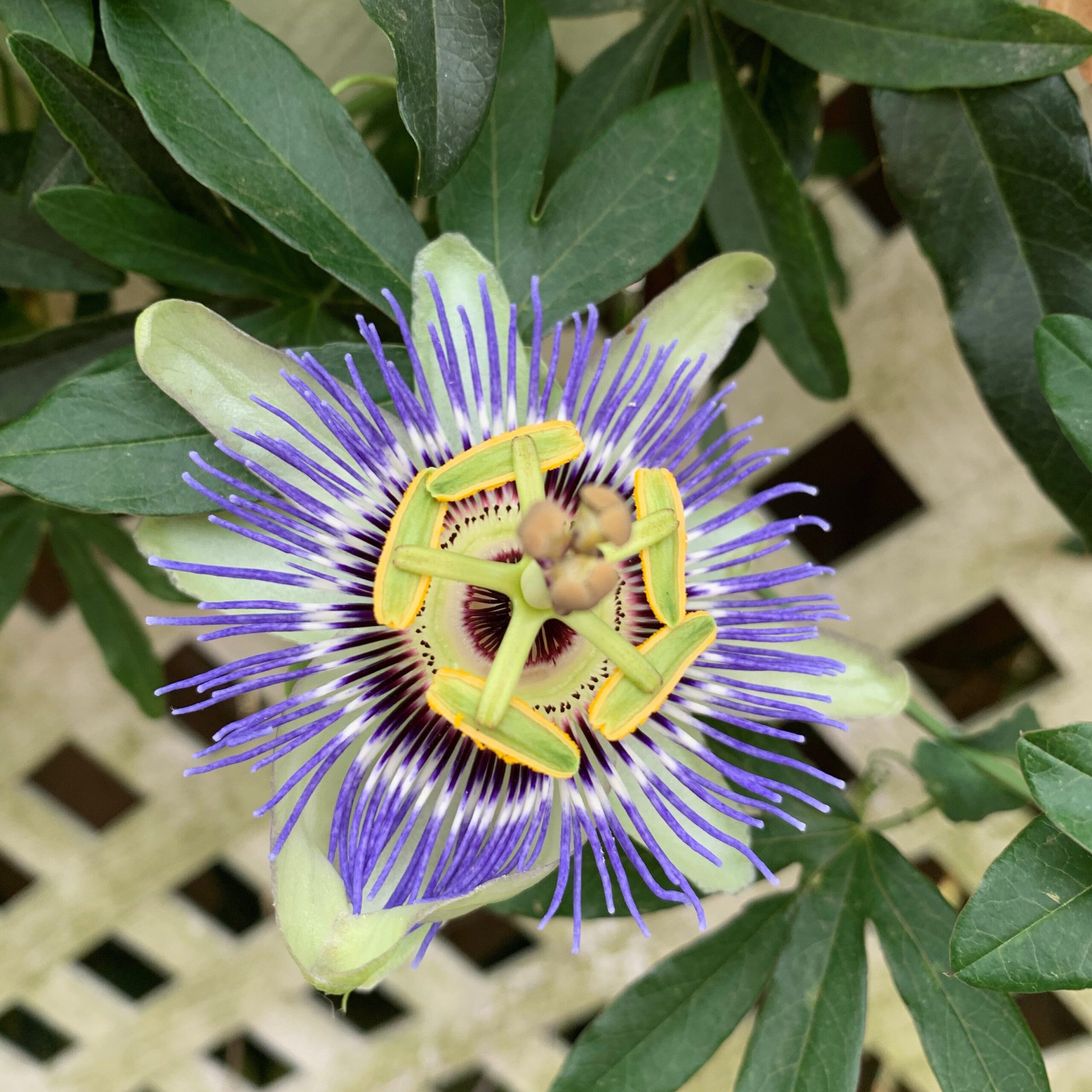
Too much sun can be as bad as too little sun in your garden
While my vegetable garden all those years ago suffered from too much shade, I have had plants that got too much sun. Once I planted some agapanthus in the fullest of full sun, and they yellowed and refused to grow. Because of this, and luckily, I could dig those up and put them in a partly sunny location. We often will learn from the plants themselves where they need to go if we watch them and see if they flourish or languish in a particular spot. If the plant is a perennial, usually you can move it to a spot that it will like better.
Some of My Favorite Garden Plants Sorted by the Sun and Shade They Desire
Full Sun
- Bergamot
- Butterfly Bush
- Coneflower
- Lantana
- Obedient Plant
- Purple Hyacinth Beans
- Roses
- Sunflowers
- Vegetables
- Zinnias
Mostly Sun
- Asclepias (Texas Milkweed)
- Bee Balm
- Daylily
- Esperanza
- Geraniums
- Greg’s Mistflower
- Iris
- Passion Vine
- Pride of Barbados
- Yarrow
Mostly Shade
- Agapanthus
- Amaryllis
- Beautyberry
- Herbs
- Lemon balm
- Mint
- Peppers
- Salvias
- Spiderwort
- Turks Cap
Shade
- Ferns
- Impatiens
- Inland Sea Oats
- Mexican Honeysuckle
- Oxalis
- Plumbago
- Pigeon Berry
- Purple Heart
- Skull’s Cap
- Spider Plant